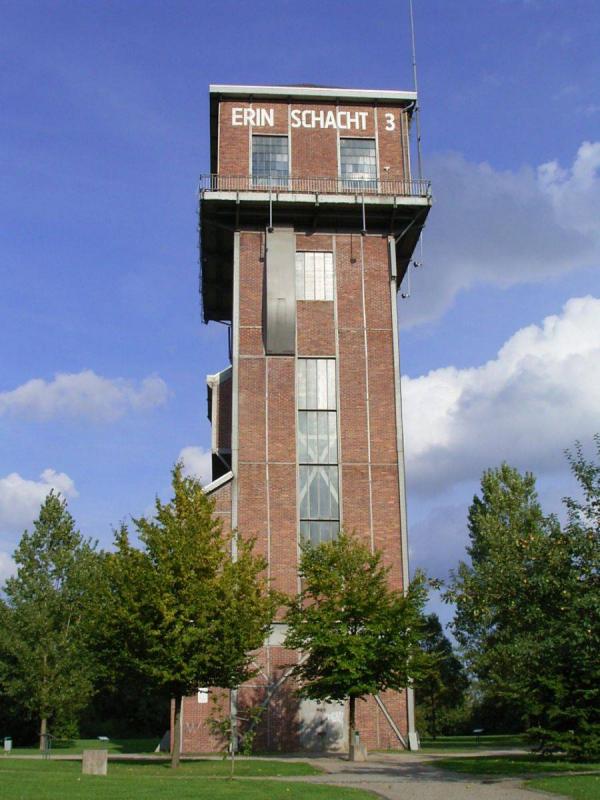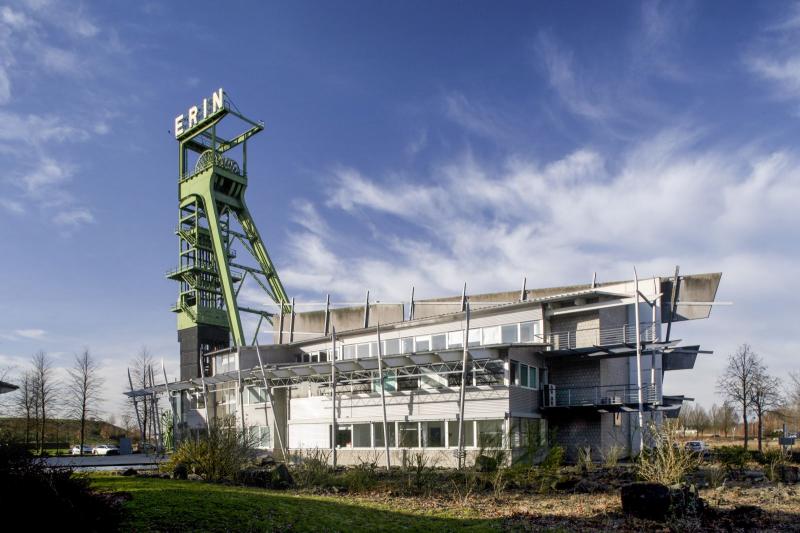Grubenweg 5, 44388 Dortmund
Icon legend
![]() This icon indicates an awarded building
This icon indicates an awarded building
![]() This icon indicates a listed building
This icon indicates a listed building
![]() Projects with this logo are on the UNESCO World Cultural Heritage list
Projects with this logo are on the UNESCO World Cultural Heritage list
![]() Project has been converted, renovated or extended
Project has been converted, renovated or extended
x close
![]()
1898 / 2016 (Sanierung)
Architekt Dipl. Ing. Jens Daube | planinghaus architekten bda SSP AG | Architekten Ingenieure Integrale Planung Architekt Paul Knobbe Architekt Bruno Möhring
Landschaftsverband Westfalen- Lippe - keine Angabe -
Advanced search with more criteria
Total projects: 483

44388 Dortmund
Distance: 1.45 km

44577 Castrop-Rauxel
Distance: 3.58 km

44575 Castrop-Rauxel
Distance: 3.97 km

44536 Lünen
Zeche Zollern, when opened in 1898, was deemed the model pit of Gelsenkirchener Bergwerks AG. With a lordly architecture and state-of-the-art technology, it documents the transition from historism to art nouveau, finding expression in the marble switchboards and in the machine hall’s portal.
Listed since 1969, the pit is now part of the Westfälisches Industriemuseum of the Landschaftsverband Westfalen-Lippe.
Permanent and temporary exhibitions in the restored surface installations to adults and children alike convey an impression of how a pit at the turn of the century did actually work. In the miners’ village outside the pit, visitors also get to know how miners’ families lived.
In 1898, the first spadework was done; regular coal extraction started in 1902. The pit got an electrical hoist and soon after was the first fully electrified pit in the Ruhr area.
Zollern II/IV remained undamaged during WWII, and in the course of German reconstruction another expansion and modernisation was due.
After the central pit Germania had been finished in 1954, extraction here was shut down in 1955. However, the man-riding and coursing surface installations were kept on stream until the final shutdown in 1966.
In the last minute before demolition, the machine hall was one of the first industrial structures in Germany to be listed – a real reconsideration in terms of how to deal with the historical industrial legacy had set in.
In 1981, Zollern II/IV became the site of the Westfälisches Industriemuseum. In order to create a most authentic ensemble, in Herne and Gelsenkirchen two pit frames of the same type were dismantled and re-erected to replace the already demolished Zollern II/IV pit frames.
The machine hall is a striking example of last century’s technical and aesthetic accomplishments. The museum lets the everyday life of miners come to life again. The latest extensive restauration of the machine hall was finished in 2016. Due to the massive damages of the windows and the steel lattice formwork, restoration became necessary. After the restoration the machine hall will be used as a venue for events and exhibitions. Therefore sanitary facilities and elevators were installed.
There are also many events, exhibitions and artistic elements to be found here in the former pit Zollern II/IV.
Author: Route Industriekultur/ Redaktion baukunst-nrw
Text last changed on 04.03.2025
Categories:
Engineering » Energy
Architecture » Commercial Buildings » Industrial